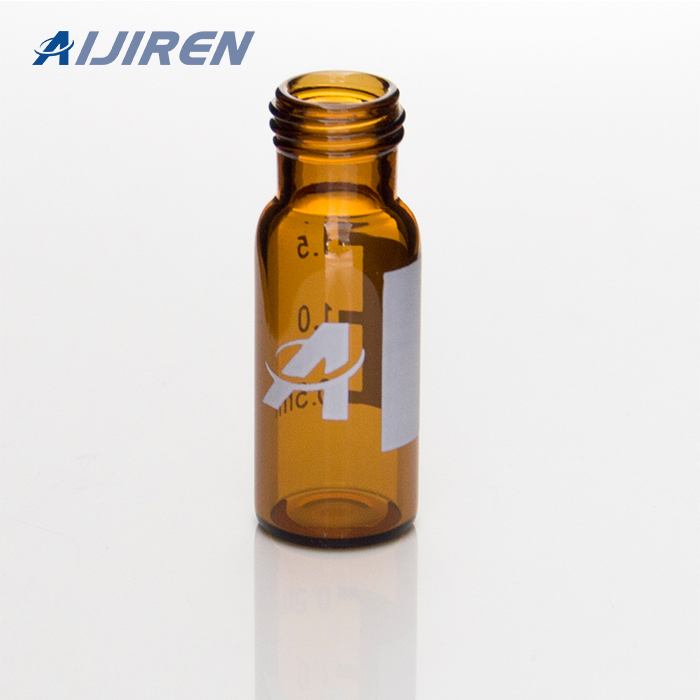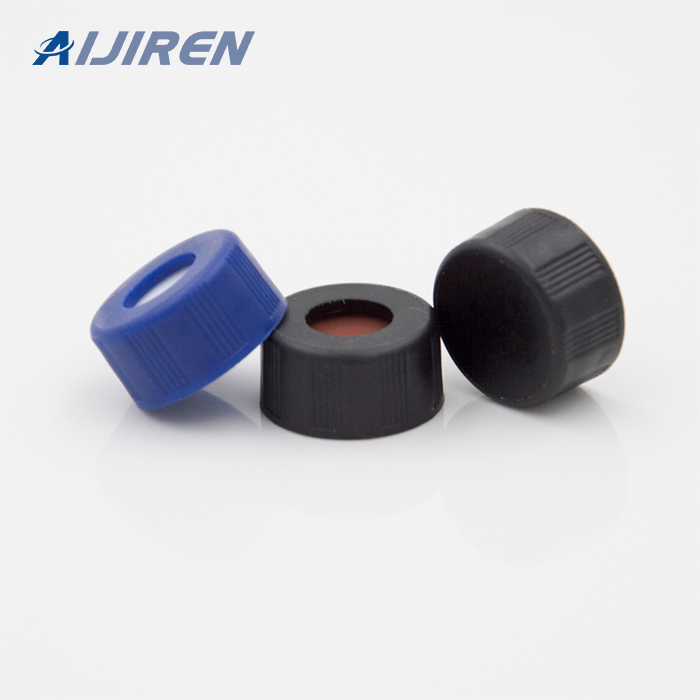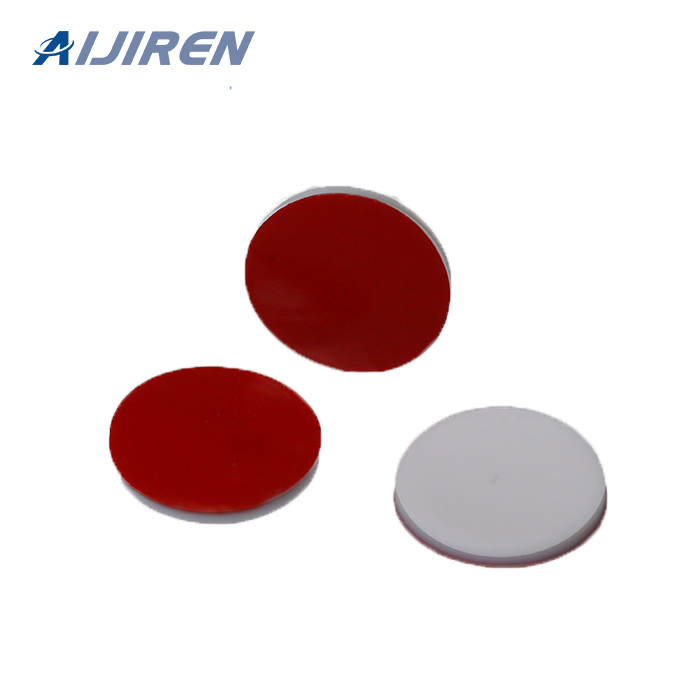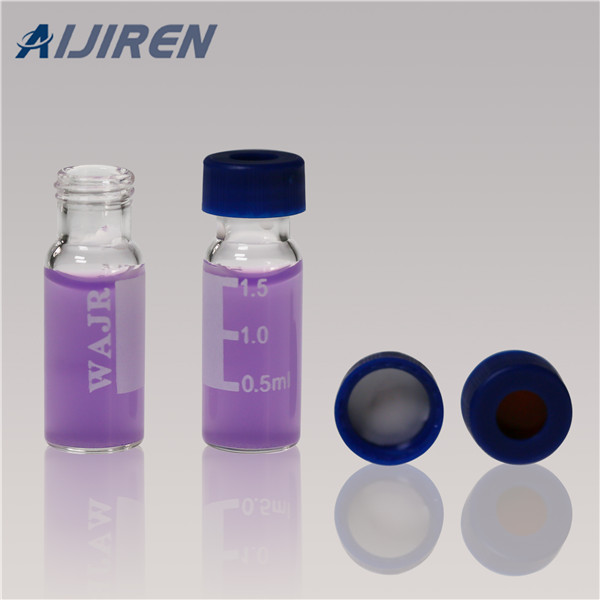



Jun 09, 2010 · The gradient method consisted of an opening condition of 20% pump B, with a linear increase to 37% pump B over 8 min, then a linear increase to 100% pump B at 11 min, 2 min at 100% pump B, and then a return to the opening condition (20% pump B) via a linear gradient over 2 min, followed by 5 min re-equilibration at opening conditions.
HPLC Vials Prominence. The 1.5 mL and 4 mL sample vials use a PTFE/silicone septum; Uniformity of vial bottom thickness ensures consistent needle depth from run to run and minimizes user intervention; A 6 mm opening provides a better target for an autosampler’s needle and makes filling easier
The experimental conditions included: (1) ceftriaxone standard solution in concentrations of 2.6 μg/mL, 3.2 μg/mL, 4.0 μg/mL, 5.0 μg/mL and 6.3 μg/mL, using phosphate buffer pH 6.0 as diluent
When working with high performance liquid chromatography (HPLC), good calibration is absolutely essential to ensure reliable, quality results. Proper calibration of an HPLC instrument begins with the making of a suitable calibration standard. In most instances, calibration in fact requires a series of standards of
Compare HPLC Standards from leading suppliers on Biocompare. View specifications, prices, citations, reviews, and more.
Maximize your lab efficiency with fewer failed assays and limited instrument downtime caused by vials out of specification. You can choose from Waters broad range of vials, each one is held to tight dimensional tolerances and the certified products have cleanliness measured by LC and MS.
providing a S/N of 10:1 on injection of a 0,2 µg/ml domoic acid solution using the conditions given in 6.3 5.8.6 Data system 5.8.7 HPLC vials 5.8.8 Glass amber vials, 2 ml or less, with crimp caps (to store domoic acid working calibration solutions) 6 Procedure 6.1 Sample Preparation
caffeine standards - 100% = 0.045g/250 mL water. 85% dilution. 70%. 65%. 50% (and additional dilutions as necessary to bracket cola sample) Equipment: Model Hewlett-Packard HPLC system. ZORBAX reversed-phase bonded C18 HPLC column (4.6 mm x 15 cm) 250mL volumetric flask. 40-200 L automatic pipet. 200-1000 L automatic pipet. 1mL HPLC vials
Even a 300 ul volume placed inside a 2 mL loop will still yield a 2 mL injection volume, due to dilution/diffusion. *Fixed Loop Guideline: The approximate max injection should not exceed ~ 3% of
Module 9 : Applications of High Performance Liquid Chromatography After having gained exposure to High Performance Liquid Chromatography systems and their components we now introduce to typical applications. HPLC has contributed to analytical solutions in diverse fields such as pharmaceuticals, foods, life sciences, environment, forensics, etc.
Maximize speed with sharp peaks even at ultra-high flow rates • Extend column lifetime with rugged Fused-Core particles • Suitable for all HPLC, UHPLC and LC-MS instruments • Achieve UHPLC performance on a traditional HPLC system • Available in 2.0, 2.7 and 5 µm particles Fused-Core Technology for HPLC and UHPLC
Adsorption of vials affects the accuracy of your analysis results. Some sample vials have low adsorption, but not consistent. Other sample vials even have worse recovery rate of compounds.
Vials are tested for high recovery of analytes at 1 ng/mL concentration, using UPLC®/MS/MS (MRM). TruView Vials exhibit the lowest surface adsorption of any LC autosampler vial on the market. 96-Well Plate, 700 µL per well is made from a clean grade of polypropylene. The wells are designed to maximize sample recovery for all ACQUITY UPLC
above, Figure 2 shows the HPLC separation of the level-4 (250-ppm) working standard containing the eleven organic acids. All analytes were well resolved, except for butyric and isobutyric acids, which coeluted at 4.5 minutes. Figure 1. Chromatogram of the level-4 (250-ppm) working standard, containing 11 organic acids; by UV at 210 nm. La ct ic
1–2 ml per injection) makes HPLC a very sensitive analysis technique. HPLC and the nondestructive detection tech-niques also enable the collection of fractions for further analysis. In addition, modern sample preparation tech-niques such as solid-phase extraction and supercritical fluid extraction (SFE) permit high-sensitivity HPLC analysis in